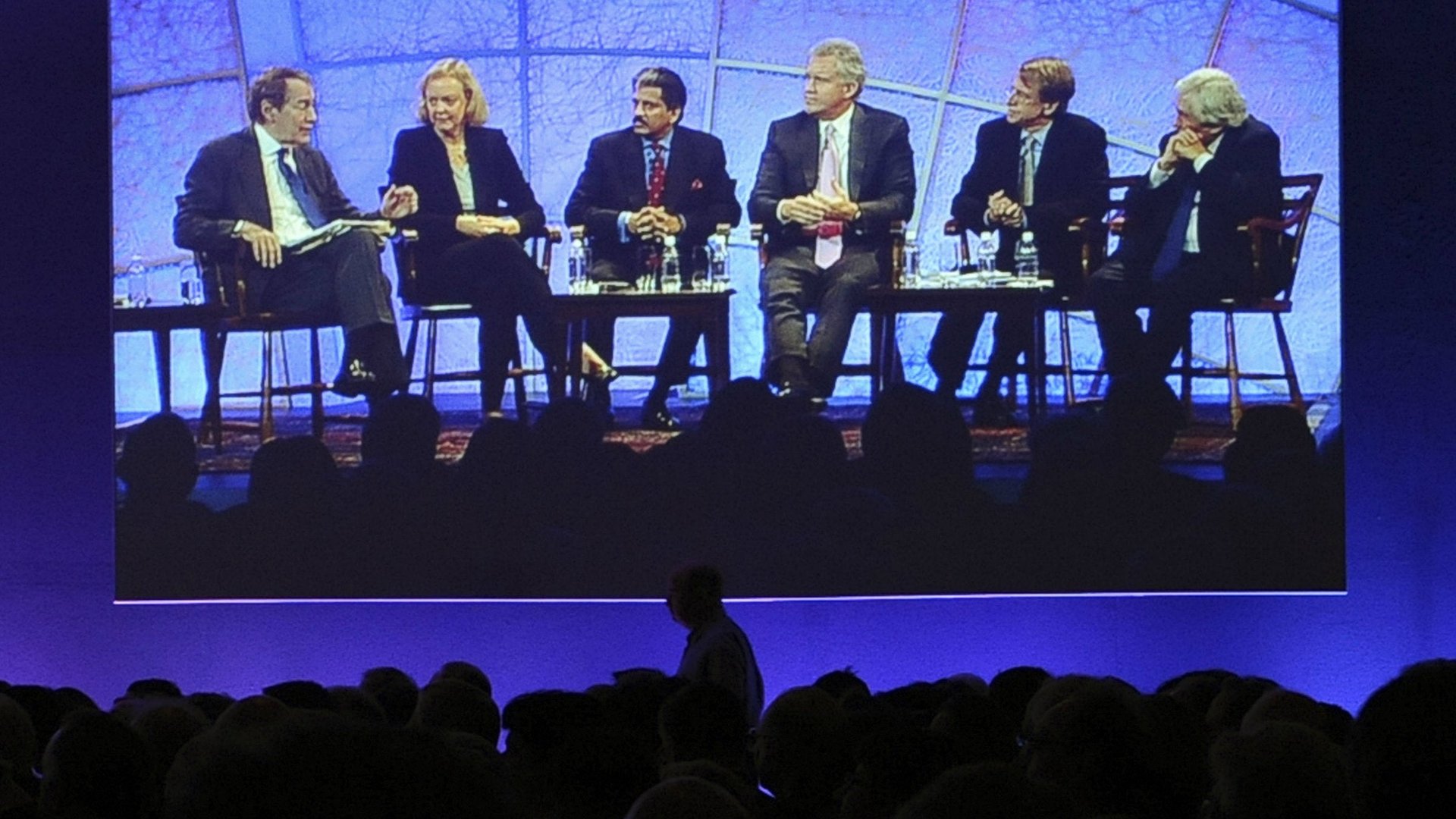Three ways Harvard Business School can change the world for women
This past week, Harvard Business School commemorated the 50th anniversary of letting women into its two-year MBA program. Most interesting to me—a graduate of 2005—were discussions on the school’s role in accelerating the ascension of women into leadership positions.


This past week, Harvard Business School commemorated the 50th anniversary of letting women into its two-year MBA program. Most interesting to me—a graduate of 2005—were discussions on the school’s role in accelerating the ascension of women into leadership positions.
A new case study Women MBAs at Harvard Business School: 1962-2012 suggests that the school historically has accepted societal culture of the time versus pushing boundaries for change. Pioneering alumnae from the first MBA class recalled the urinals in the women’s bathrooms when they started. While the bathrooms have been updated, 50 years has not been enough to overcome wage and achievement gaps that women face in business.
Three things stood out to me about how HBS can influence the barriers to women’s advancement and better prepare leaders to navigate these challenges. First, leadership is making it a priority to lead by example. Dean Nitin Nohria took the helm in 2010 and made inclusion one of his top five priorities. Yesterday, he proclaimed: “If feminism means to be deeply committed to equality of men and women, then I am a feminist.” When data in 2010 revealed a gap in male and female student performance, and divergent views on satisfaction based on gender, HBS faculty and students started a conversation around culture and climate at the school. By 2012, the gender gap in grades and the gap on student satisfaction had closed. There are still many challenges the school needs to address, like the lack of tenured female faculty and the number of female case protagonists. But the fact that the academic achievement gap was narrowed in a mere two years is an indication of what is possible.
Second, HBS and its alumni are playing a critical role in having a national conversation about what is and is not working. As part of the summit, dubbed W50, the school began an extensive survey on the arc of the careers and lives of men and women alumni. Results from the “Life and Leadership After HBS” survey will enable the school to better understand views of its 79,000 alumni and to make a unique contribution to the conversation about gender and work. Facebook COO Sheryl Sandberg’s advice to “Lean In” was a big theme of the last two days’ discussion. As Sandberg highlighted in a keynote address, men and women need to have this conversation because the status quo is not working.
Finally, the school is putting itself into a position where it has little choice but to lead on this issue as the number of women MBA students grows. When I graduated in 2005, 35% of the student body was female. Women will make up 40% of graduates in 2014. Today, Harvard Business School boasts the most MBA graduates in the Fortune 500. If the school wants to remain the preeminent feeder to such leadership, it will have to figure out how to get its growing numbers of women to the top.
For all the debate over the future of business schools, Harvard Business School remains an influential platform, arguably the most influential in industry. Finally, it seems ready to leverage its influence toward this important issue. In his closing remarks, Nohria said HBS already has changed the language around strategy and management. There is no reason it can’t do the same for gender in the workplace.